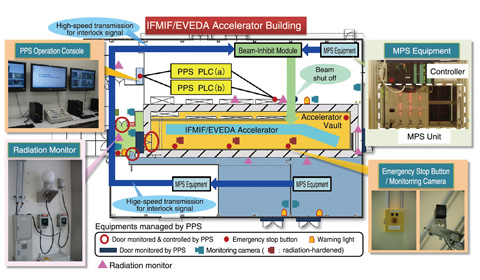
Fig.4-13 Configuration of the safety protection system for the IFMIF/EVEDA accelerator
In the Engineering Validation and Engineering Design Activities (EVEDA) for the International Fusion Material Irradiation Facility (IFMIF), a prototype accelerator (IFMIF/EVEDA Accelerator) will continuously accelerate deuteron ions to 9 MeV/125 mA. Thus, radiation shielding and reducing activation of equipment are crucial issues for safe operation. To achieve a safety in the IFMIF/EVEDA Accelerator facility, we are developing the two independent systems shown in Fig.4-13: (1) a Personnel Protection System (PPS) and (2) a Machine Protection System (MPS).
The system concept and design of PPS are considered primarily to realize using commercially available equipment to protect workers. Nevertheless, an integrated system has been established that employs more conservative, mechanical equipment with high reliability to impose safety in important areas; examples include personal keys to control entering and leaving, door interlocks, duplicated signal paths, and use of a Programmable Logic Controller (PLC) as a signal processor. Moreover, we developed a system for responding flexibly and quickly to the various operational demands for this accelerator. The approach, based on our experience, uses an in-house design and fabrication of the PLC’s logic sequence. In addition, we established a radiation safety management method through a central control system by connecting the PPS to a radiation monitoring system whose performance is evaluated by a shielding analysis using experimental data from 9 MeV deuterons.
MPS is required to exclude malfunctions due to signal noise and to inhibit a beam by transmitting only those signals that show abnormal states of accelerator equipment. Signals are sent at high speeds to beam-inhibit modules. For this purpose, we configured the MPS to use a high-speed signal processor with a FPGA (Field-Programmable Gate Array) and MOS-type IC. This MPS satisfactorily tolerates signal noise and achieves a high-speed signal transfer of 5 μs, which is half the required performance. Therefore, we have confidence that the MPS can protect equipment from beam damage.